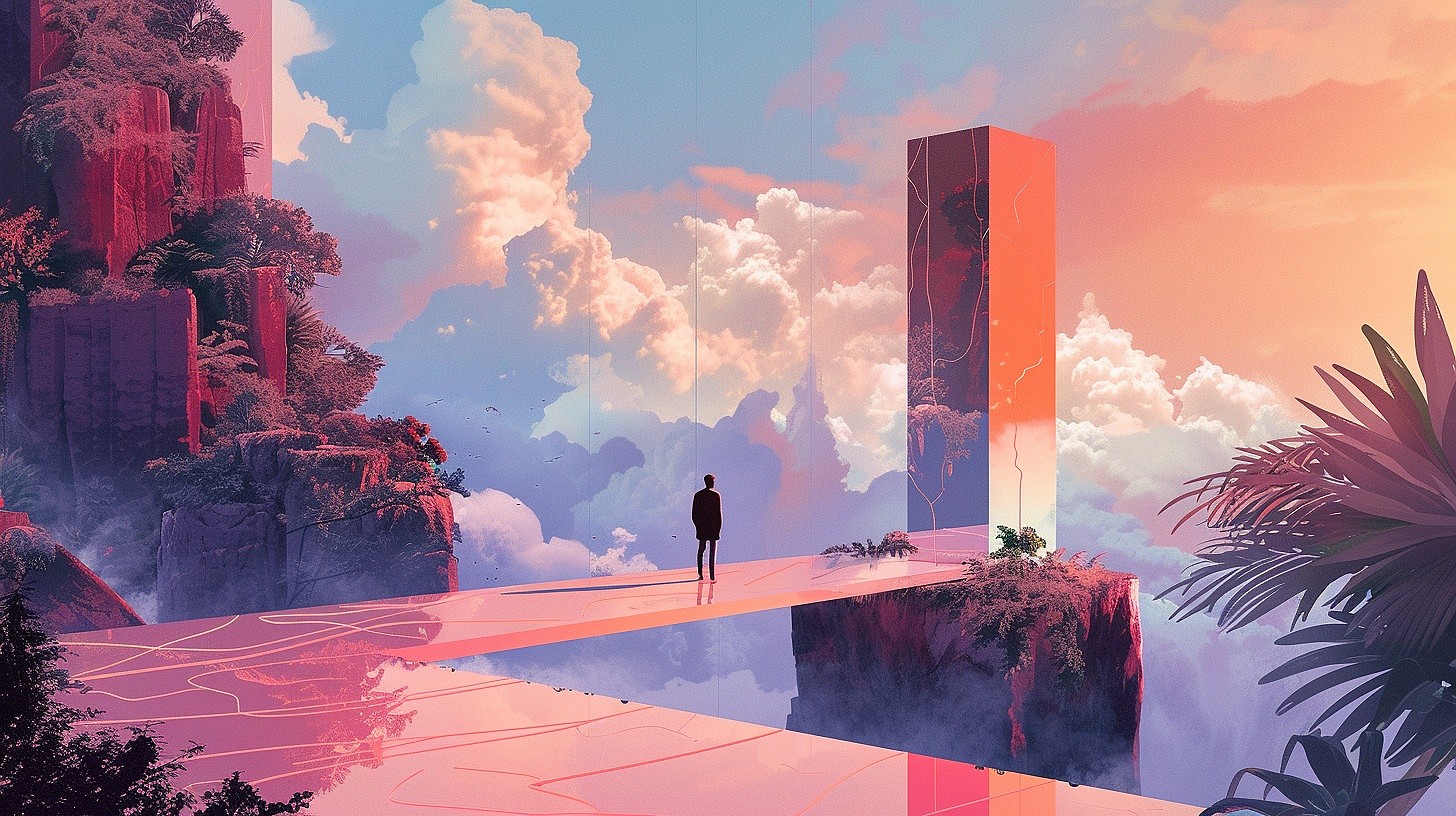Neomorphic Design and Morphism
The neomorphic design focuses on a three-dimensional and smooth aesthetic, as opposed to the flat design that has been a trend in recent years. Neomorphism highlights the relationship between form and function, aligning with the broader concept of morphism, which stands out for its visual simplicity that reflects the intrinsic usefulness of each element. It also tries to find an aesthetic that aligns with a physical object, providing an engaging and functional visual experience. Basically, it is more than a visual trend, it is a dive into the depths of interactivity, focusing on shadows, textures and three-dimensionality to create a more emotional and immersive environment for the user.
Layering
The overlapping of elements, known as layering, is not just an aesthetic technique, but a strategy to create depth and dynamism in design. By adding layers that interact and move independently, layering not only captivates visually, but also benefits usability. Layers help to create a path that takes the user on a three-dimensional journey through the content, adding value to the experience.
Animations and Microinteractions
Animations on the web go far beyond simple transitions, they are a harmony of animations and microinteractions that allow the user to emerge in the message and guide their path through the digital narrative. By creating a cohesive flow between different states and visual responses, animations elevate the user experience. These animations and microinteractions, which respond to user actions, not only improve the visual experience, but also provide immediate feedback and make navigation more intuitive, creating an emotional connection and a more immersive experience.
Expressive Typography and Neo-Brutalism
Expressive typography is not just about words but about visual expression. The bold use of distinctive fonts and styles not only communicates information but also creates a unique identity. Meanwhile, neo-brutalism adds a layer of authenticity, bringing the raw and impactful simplicity of the message, somehow forcing a power of synthesis beneficial to communication. Together, they can build a visual narrative that transcends communication, transforming typography into a powerful tool of expression and identity.
Sustainable Design
Sustainability transcends the physical and can also manifest itself in the digital world. The search for efficiency and environmental responsibility in web design results in sustainable practices. For example, optimizing performance, reducing carbon emissions and intelligently using digital resources are key aspects. By adopting sustainable design, we not only fulfill our environmental role, but we also build interfaces that echo responsibility and concern for the world around us.
A practical example of sustainable design can be the use of images optimized for the web, minimizing file sizes and reducing page loading times. Furthermore, incorporating sustainable practices not only benefits the environment, but also improves the user experience, providing faster and more efficient charging.
Accessibility and Inclusive Design
In a world where diversity is an inevitability, inclusive and accessible design is more than a trend, it is a responsibility! Prioritizing accessibility means ensuring that all users, regardless of their limitations, can interact effectively with digital content. Elements such as contrast, readability, intuitive navigation and compatibility with technologies that can assist in reading web pages are fundamental to creating experiences that transcend barriers. Read more about "What is web accessibility, and what are the benefits of having an accessible website?"
As we explore web design trends for 2024, it's easy to see that we're in a visual revolution that goes beyond aesthetics. Sustainable and inclusive design are not just fashions but elements of a broader narrative that aims to consolidate form and function in a digital symbiosis. Meanwhile, technological innovations are aligning to minimize creative friction, providing tools that empower designers to transcend boundaries and shape the future of digital design with innovation and process fluidity.
